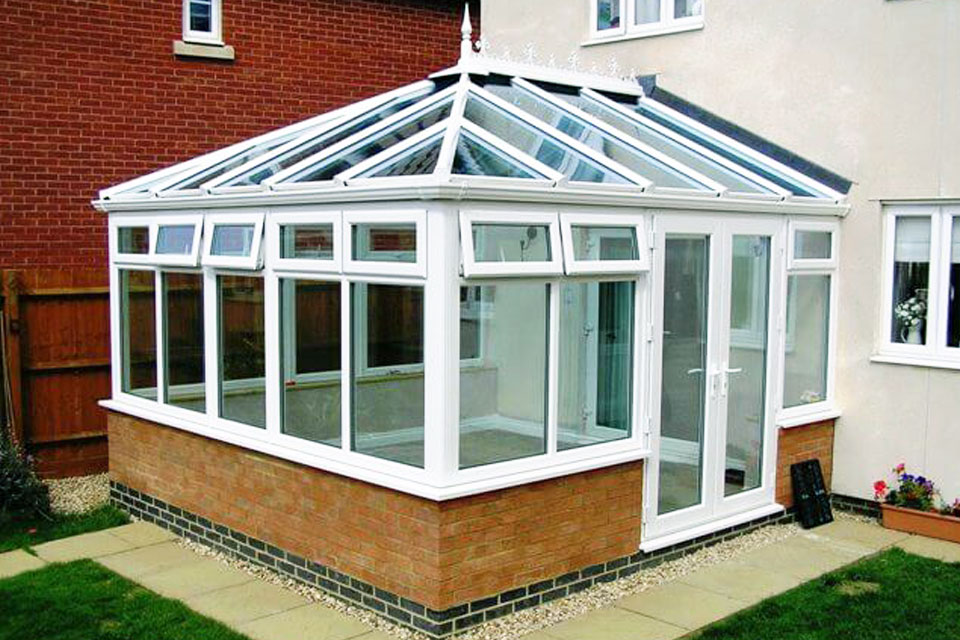Once your conservatory has been built and installed, that’s when you can really start having some fun. That’s the point at which you can start thinking about the interior design scheme of the space and how you’re going to put your personal stamp on the finish.
However, when it comes to kitting out your conservatory with furniture, there are a number of things you need to consider before setting your heart on a new sofa or table and chairs.
In this blog post, we explore five questions you should be asking yourself before purchasing any new furniture for your conservatory.
What is the conservatory being used for most?
The type of furniture you put in your conservatory largely depends on how you plan to use the space. Let the desired function of the room influence the style and quality of furniture you choose so that you can get the most out of your conservatory – and budget.
For example, if you plan to use space as a child’s playroom, you’re probably going to want to choose less expensive furniture that you won’t mind discarding or replacing more regularly. You’ll want to lean on wipe-clean materials like wood and plastic to fend against sticky fingers, but avoid luxurious fabrics and the potential dangers of glass.
If you’re going to use the space as an additional living area, this will call for soft furnishings and a coffee table, for instance. If you plan to transform your conservatory into a home workspace, on the other hand, you’ll want to go down the route of office-style furniture to facilitate this.
Is the furniture suitable for heat and sunlight exposure?
When shopping for conservatory furniture, one of the most important things to consider is whether or not it is suitable for use in an indoor environment that gets a significant amount of heat and sunlight.
Due to their traditional glass construction, during the warmer months, the temperature and level of natural light in a conservatory can get pretty high. While this is lovely, it does put your furniture at risk of being bleached or damaged by the sun. So, stick to fabrics and materials that are heat-proof and colourfast.
It’s for this reason that rattan and wicker are so popular when it comes to conservatory furniture. Due to their origins in hot climates, the natural composition of both materials is built to resist heat and sunlight. Metal, on the other hand, would have the opposite effect.
Other important questions to consider:
How often is the space inhabited? This will dictate how robust you need the furniture to be and how far up the priority list durability needs to be compared to style or colour, for example.
What is the style and aesthetic of the rest of the house? Do you want the conservatory to be consistent with the rest of your home, or perhaps have an identity of its own with a unique look and feel?
How big (or small) is the conservatory? If the space is small, you don’t want to clutter it with too much big furniture. This will only make the space feel more enclosed and make it difficult to move around in.
